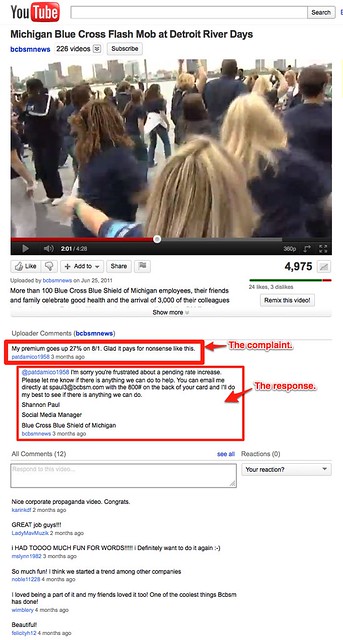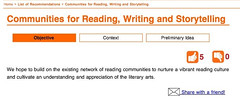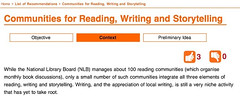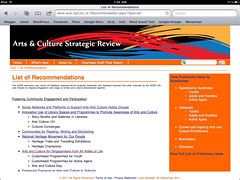AN EXAMPLE
I came across this Youtube video (posted 25 Jun 2011), put up by a US health insurer the Blue Cross Blue Shield of Michigan. The video showed the Blue Cross Blue Shield of Michigan employees, their friends and family performing a "flash-mob" style dance segment.
What caught my eye was this comment posted by an apparent customer: "My premium goes up 27% on 8/1. Glad it pays for nonsense like this."
Plus, the following response by the company's Social Media manager:
"I'm sorry you're frustrated about a pending rate increase. Please let me know if there is anything we can do to help. You can email me directly at spaul3@bcbsm.com with the 800# on the back of your card and I'll do my best to see if there is anything we can do.
Shannon Paul
Social Media Manager
Blue Cross Blue Shield of Michigan"
Cool. They have a social media manager (perhaps a team?) who knew what
Was obvious they took ownership of their YouTube channel and took immediate charge of the response (it seemed to be posted at the same time as the comment).

(Re)STRUCTURING the CUSTOMER SERVICE UNIT
That example got me thinking:
Did Blue Cross Blue Shield of Michigan have two separate customer service units? A traditional one and a social media unit? Perhaps more likely that their social media unit was part of the larger customer service unit, or the company corporate communications department. (Maybe they're monitoring the blogs and might post a comment here. Or someone might pass the message along to them). UPDATE: Check this out. A tweet response just minutes after I tweeted!
I'm wondering if the new norm might be for two independent customer service units -- at least independent in terms of their specific function, though their overall aim was still about customer management and relations.
One unit might handle the "traditional" channels like snail-mail, emails, and telephone calls. More reactive, in the sense that it's the customer who initiates the customer service transaction.
Then the Social Media unit would be in charge of trawling for social media mentions. This could be channels set up and managed by the organisation (e.g. an organisation Facebook page), or the broader social media-sphere (e.g. Facebook). Part of the scope might be to also engage in conversations with the customer. Particularly in the case of the latter scenario, where the customer may post a complaint on their own social media space rather than the organisation's. A mix of the reactive and proactive.
SERVICE Vs ENGAGEMENT
Extending that idea further, it's less about customer service using social media but more of customer engagement through social media channels. This may allow for easier distinction between a Customer Service department and a Customer Engagement department.
BTW, the term "service" makes me think of a production line. i.e. I bring my wonky TV set to be serviced. But as a customer, increasingly I'd expected to be engaged rather than to be serviced like a piece of equipment.
ROI
If having two channels is the "new normal", then there would inevitably be issue of ROI for the organisation.
I suspect at face-value, the traditional customer service unit would be more cost-efficient compared to the dedicated social media unit. Afterall, the traditional customer service unit is structured to be efficient. Basically, the customer service staff are like the production line, handling calls as they come in. Customers tend to be the ones waiting to be served.
The social media unit has to be accessed slightly differently. When we're talking about "engagement", I think we're talking about measuring in terms of customer satisfaction -- or the quality -- rather than efficiency of a customer encounter.
You can be efficient with the customer, but it doesn't necessarily mean the customer is more satisfied with what has taken place.
I think "engagement" is really about "reputation" and "goodwill". If the organisation has a way to measure the worth of its reputation and goodwill (which you can, in accounting terms), then I think that's a way to measure social media engagement.
What's harder to measure is linking the ultimate outcome -- which is sales or the customer's repeated use of the service -- to the amount of staff time expended. But that's the whole point about a social media engagement unit: you can't expect a causal relationship from engagement to 'sales'. That's seems more like a sales department function, in my view.
Well, you can chart trends or try and derive correlations.
But that's the other point: Mapping out trends means we need to take a longer time.
Can't expect instant wins where social media engagement is concerned.
p.s. Feel free to comment/ agree/ disagree. I'd appreciate any insights to help refine my thoughts on this matter.
p.p.s. How do you measure this? :)
RELATED: Social media Twitter interview: Blue Cross Blue Shield of Michigan





